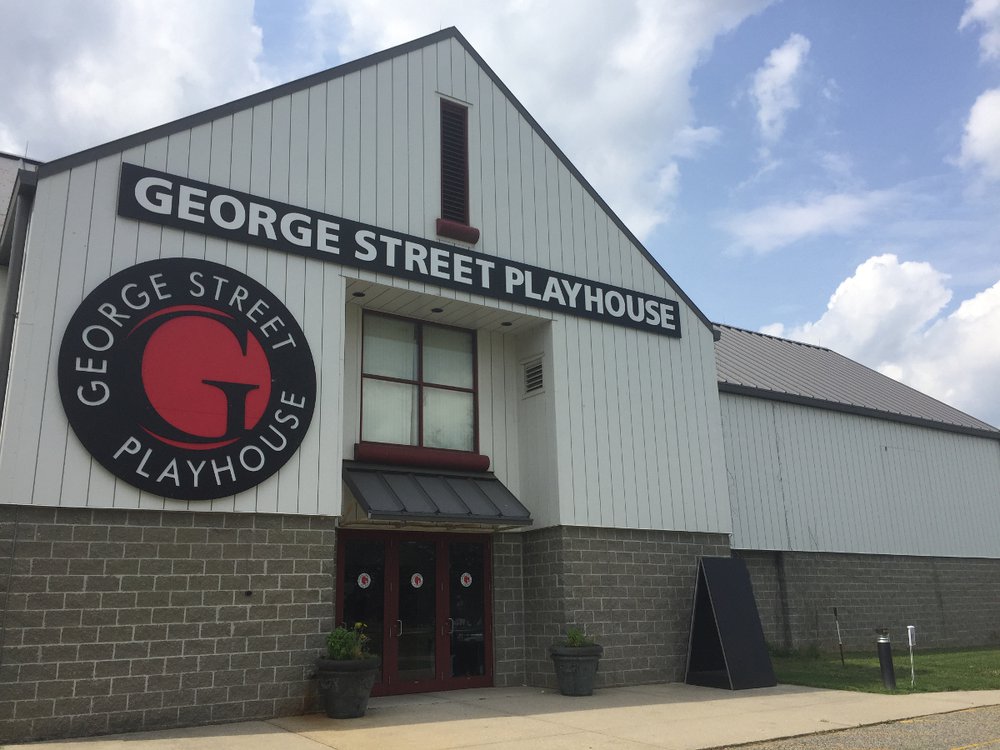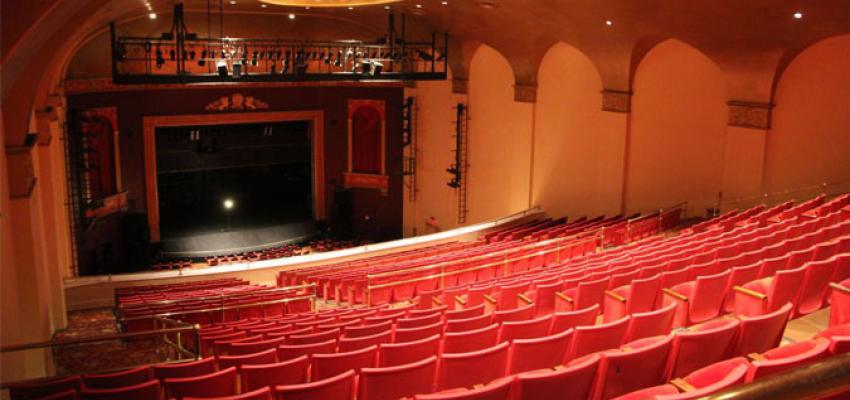Sunday, February 24, 2008 -- Leaders of New Jersey's theaters, museums, dance troupes and orchestras are bracing for cuts in state aid that will weaken their already unstable financial health. Gov. Jon Corzine has not released specific details of his budget plan, to be unveiled Tuesday in Trenton, but he has said it will include widespread and painful funding decreases in almost all areas.
Any cuts will harm the fragile health of the arts, according to a Star-Ledger review of 2007 financial data of 96 organizations supported by state Council on the Arts grants. The data show:
Almost 50 percent of the organizations spent more money than they brought in last year, resulting in cumulative deficits that ran into millions of dollars. 55 percent were often days away from running out of cash and had bills -- payroll, utilities, vendors -- that exceeded their ability to pay.
75 percent saw their expenses rise, while 34 percent reported drops in earned revenue and 39 percent reported declines in donations.
"Many arts organizations are struggling ... living very close to the edge," said Joyce Jonat, New Jersey site manager for the Nonprofit Finance Fund, the company hired by the arts council to draft the audit review and financial summaries of the grantees.

The challenges were daunting. The Bergen Performing Arts Center in Englewood reported a $705,000 deficit, in part because of a 27 percent decline in donations. The New Philharmonic of New Jersey in Cedar Knolls posted an operating surplus last year, but needed a loan to cover a cash short fall, pushing its long-term debt higher. The New Philharmonic of New Jersey in Cedar Knolls posted an operating surplus last year, but needed a loan to cover a cash short fall, pushing its long-term debt higher. Dreamcatcher Repertory Theatre in Montclair had a deficit that was nearly 35 percent of its revenue and no cash on hand at year's end. Boheme Opera in Trenton ended the year with unpaid bills that were five times greater than assets.
"It's definitely a tough time," said John McEwen, executive director of the New Jersey Theatre Alliance, which serves the state's professional stages. "Large organizations have large financial challenges, small organizations have large financial challenges. We're all very fragile."
There are many reasons for the precarious health of these institutions. Both fundraising and box-office revenues are susceptible to economic trends, so even a minor downturn can wreak havoc on an organization's finances, said David Rodriguez, executive director of BergenPAC.
A family that typically might purchase tickets to eight shows a year will cut back by half; a donor will skip the annual gala and reduce his contribution, Rodriguez said. "Or the small business doesn't pay for the 100 young people to see an event. That's where the belt tightening comes in," he said.
Jonat said arts organizations have chronic problems with both earned and contributed income. Changing audience behaviors -- especially the trend toward last-minute ticket purchases -- are hurting ticket sales and affecting cash flow. Without the upfront cash that comes from subscriptions, organizations often don't have money on hand to pull them through difficult cycles.
Compounding the problem, many foundation grants and other donations are restricted for specific programs (such as education) and thus can't be used for pressing needs. "They are really challenged by finding reliable revenue streams, ones that they can count on," said Jonat.
Government grants, like those from the arts council, are so critical because they pay for phone service, payroll and other costs of doing business, McEwen said. "General operating support dollars are very rare," he said.
Paul Herron, executive director of the Bay-Atlantic Symphony in Bridgeton, said he isn't surprised by the number of budget deficits occurring in the complex industry. "What surprises me is that there are some organizations that are able to hit all of their levers just right, all of the buttons they need to push to survive," he said.
Herron noted his two-person staff has to master the often conflicting needs of three different types of contributors. "You have to know what the government is looking for, what the corporations and foundations (want) and what individuals want. You have to work very hard."
"My dream is a time when I don't have to look at the reports and say, 'How am I going to pull this off?'" he said.
Even some organizations that ended 2006 with surpluses continue to struggle . George Street Playhouse in New Brunswick feels the pinch of declining ticket revenue and subscription sales, even though it ended the year $45,000 ahead. "We are always trying to do the best work we can, and we really put all of our money on the stage," said Schmidt. "If we didn't, we'd really have shrinking audiences."
. George Street Playhouse in New Brunswick feels the pinch of declining ticket revenue and subscription sales, even though it ended the year $45,000 ahead. "We are always trying to do the best work we can, and we really put all of our money on the stage," said Schmidt. "If we didn't, we'd really have shrinking audiences."
Organizations with their own facilities are especially vulnerable to fiscal crises, said Jonat. "You get to the point (of asking) are we going to pay the actors to do the show, or fix a leak?" she said. "Living so close to the margins, these are really tough decisions."









